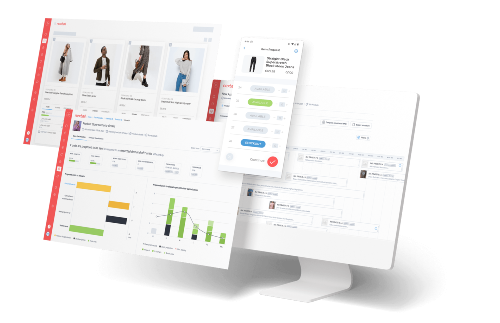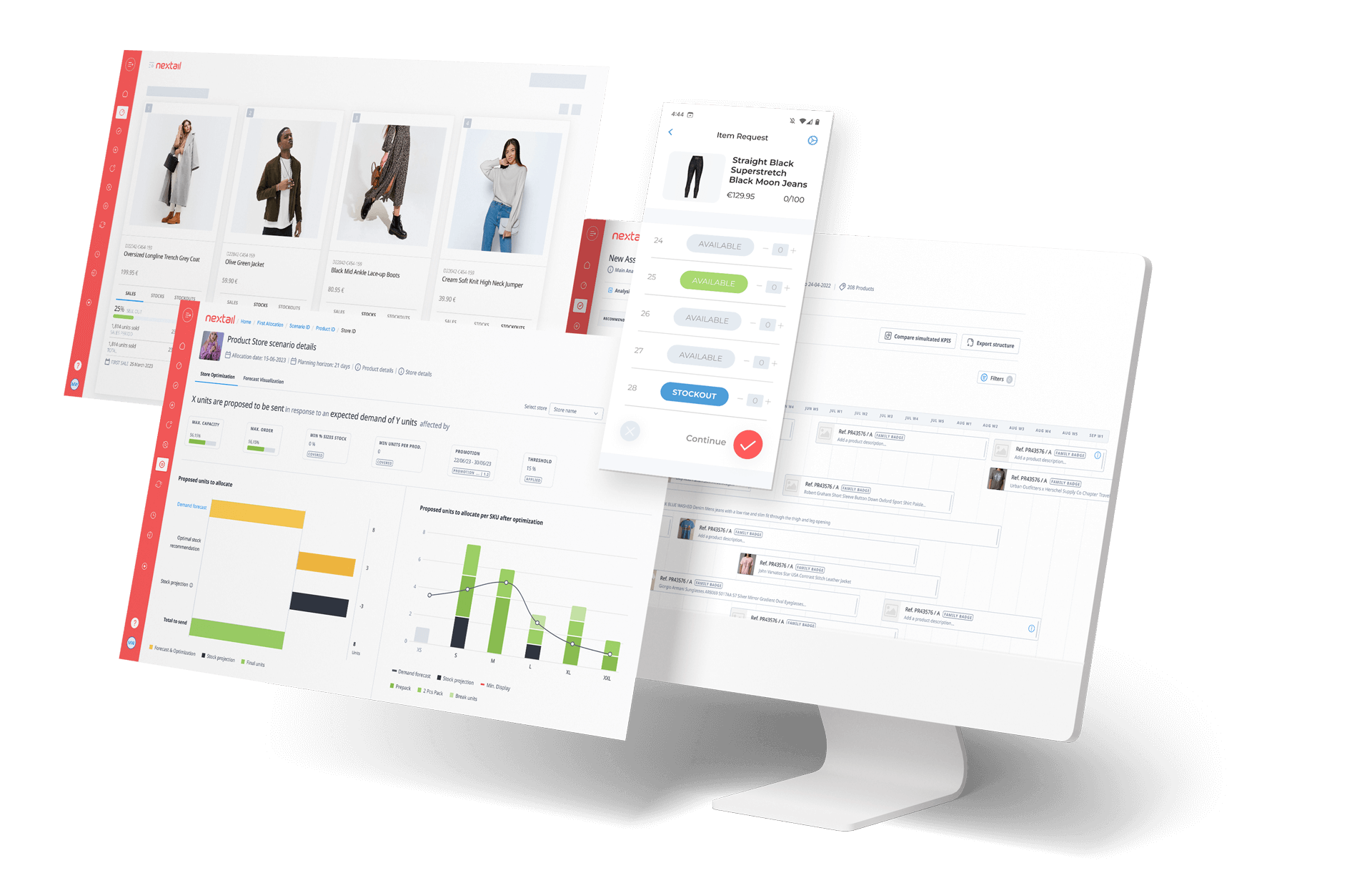Why fashion retailers need to rethink the traditional planning cycle
Guest blog by Brian Kilcourse, Managing Partner of market intelligence company RSR Research.
RSR Research monitors the impact of technology on the retail industry, and for over 10 years accurate forecasting has been listed as a top issue with 1:3 retailers still reporting having inventory in the wrong place. Clearly there’s something wrong with the traditional planning cycle.
Download “Unlocking the power of Continuous Merchandising: Harnessing in-season data for pre-season planning” by RSR Research.
The casual observer may think that little progress is being made to improve inventory planning and forecast accuracy, but that interpretation would be a mistake. What has changed are the dynamics of the market itself and with it, the need for retailers to redesign their processes and modernize their technology. In short, digital transformation may have started with online, but it can’t stop there!
Is pre-season vs. in-season still relevant in merchandise planning?
In the traditional planning cycle, there’s pre-season and then there’s in-season. When planners think about pre-season, it’s all about designing the assortment, organizing buys, finding the vendors and all of those things. These processes are really based on last year’s sales or attributes associated with last year’s sales which help build a plan for the coming year.
Next, a forecast is calculated and the plan executed. And of course, part of the forecast is planning for speed of sell through, when markdown cadences will begin, etc.
The point is, these are static processes. One happens, and then another happens, and then another happens.
Today’s environment of ever-evolving demand necessitates ongoing feedback loops among these processes. In other words, pre-season planning, forecasting, allocations and replenishments all need to be feeding backwards and forwards to each other in real-time in order to make ongoing adjustments as demand changes, blurring the line between pre- and in-season processes.
The good news is that new merchandising platforms are enabling these feedback loops, and once these feedback loops are achieved, all of this information will be stored, adding to the current data available to inform the next pre-season cycle.
What to look for in a merchandising platform
New merchandising platforms have the potential to improve retailers’ income statements, balance sheets, and (most importantly) customer satisfaction levels. These are not unattainable goals – but they do require both process re-design and technology modernization to be achievable.
Here are 7 points to consider when considering a new merchandising platform:
- New solutions need to support, rather than supplant, human decision making. Merchants must learn to rely less on manual interventions and spreadsheets, so that they can focus on value-adding tasks by automating low value tasks. To accomplish that, the new solution must be able to make sense of large amounts of data to enable automated decision-making.
- Eliminate the practice of planning in silos. Assortment planning should not be seen as a static preseason task, but rather a dynamic exercise that works hand-in-hand with in-season activities from merchandising planning. Ensure that in-season processes include feedback loops that can alert planners to exceptional conditions in time to take action.
- Stop planning for markdowns. Plan for full price sales and be ready for ‘eventualities’ by being able to understand and respond to demand at a hyper-local level (SKU / point of sale).
- Integrate new forecasting and merchandise planning capabilities into the existing technology portfolio to deliver a quicker return on investment from supply chain cost efficiencies and margin increases within months.
- Insist on use-cases. New forecasting and merchandise planning capabilities should enable enterprise-level configuration with use cases tailored to each category of assortment, such as luxury, fast fashion, footwear, lingerie, instead of a one-size-fits-all approach.
- Demand agility. For retailers, “agility” is the ability to respond quickly to unexpected changes in either demand or supply. But to be more agile, merchants need tools that provide enough visibility and explainability to be trusted by the business. Highly visual user experiences and integrated process flows foster user engagement and excitement.
- Get past the AI hype, and gain an understanding of the practical value of AI & ML. The chosen merchandise planning solution should feature next-generation artificial intelligence and machine learning tools that provide hyper-fast and hyper-local demand forecasting, and are capable of capturing the freshest demand data at the most granular SKU level.
Read the full guide by RSR Research “Unlocking the power of Continuous Merchandising: Harnessing in-season data for pre-season planning” to learn more about how the line between pre- and in-season planning is being blurred and how retailers can leverage Merchandising Platforms for ongoing adjustments to their assortments to better meet changing demand.



